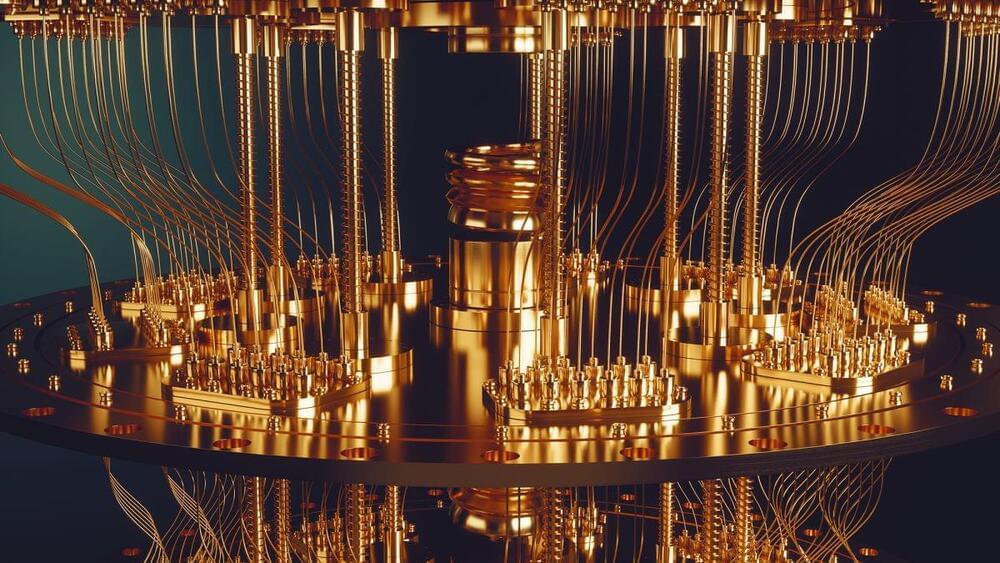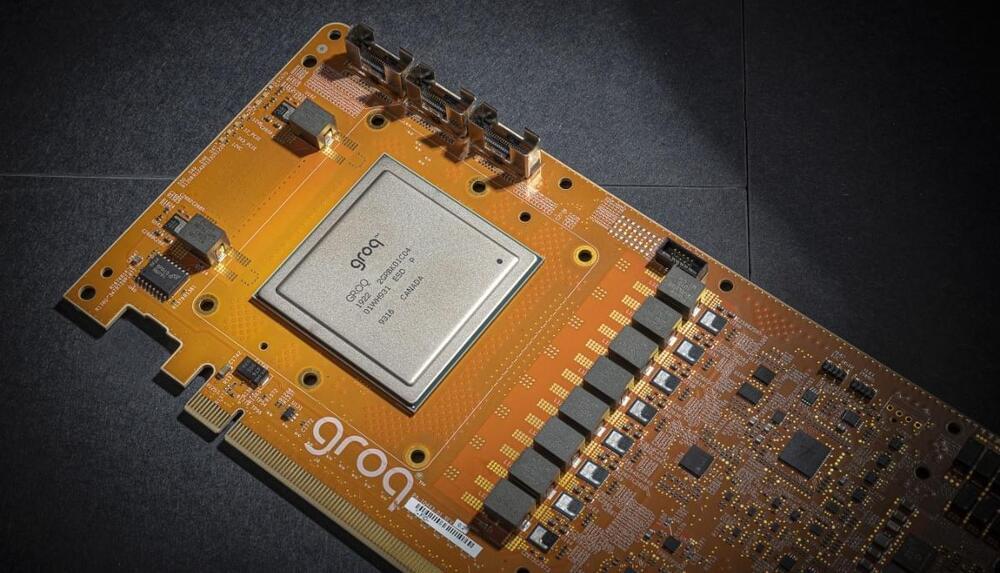A global microchip shortage has kept car prices high all year. Now, chip manufacturers are warning that it may not get better next year.



Integrated circuits (ICs) based on organic transistors have many valuable applications, for instance, in the fabrication of paper-like displays or other large-area electronic components. Over the past few decades, electronics engineers worldwide have developed a variety of these transistors.
A promising alternative to these transistors are vertical-channel dual-gate organic thin-film transistors. These transistors have several advantageous properties, such as short channel lengths and tuneable threshold voltages (VTH). Despite these advantages, due to a lack appropriate p-and n-type devices, developing complementary inverter circuits for these transistors has so far proved challenging.
Researchers at Technische Universitat Dresden, Helmholtz-Zentrum Dresden Rossendorf (HZDR) and Northwestern Polytechnical University have recently developed vertical organic permeable dual-base transistors that could be integrated in logic circuits. In a recent paper published in Nature Electronics, they evaluated the potential use of these transistors in complex integrated circuits.


Based on a multi-SIMD quantum processor architecture.
A team of researchers with AMD have filed a patent application that looks toward a more efficient and reliable quantum computing architecture, thanks to a conventional multi-SIMD (Single Instruction Multiple Data) approach.
According to the application, AMD is researching a system that aims to use quantum teleportation to increase a quantum system’s reliability, while simultaneously reducing the number of qubits necessary for a given calculation. The aim is to both alleviate scaling problems and calculation errors stemming from system instability.


Tesla and SpaceX CEO Elon Musk is highly concerned about lack of competition if Nvidia acquires British chip designer ARM for $54 Billion according to The Telegraph.
Nvidia Corporation is an American multinational technology company which designs graphics processing units for the gaming and professional markets and mobile computing. Arm Limited is a British Technology company primarily involved in design of ARM processors. Nvidia as of today seeking approval of the $54 Billion acquisition of ARM from US authorities and EU.
According to Telegraph, Elon Musk expressed concern right after Amazon and Samsung Electronics has lodged opposition to the deal with U.S. authorities. Few months ago U.S. Federal Trade Commission opened an in-depth probe into the takeover.

Researchers have created a scalable quantum computing platform that has been shrunk down to the size of a penny, which would serve as the basis for a quantum computer that can achieve quantum speeds while using far fewer devices than current designs.
The team hopes their research, published in Nature Communications, will help push quantum computing forward in the constant pursuit of use in real-world applications.
Over the past few years, quantum computing has gone from science fiction to a realistic technology that may see use in the next few decades. While quantum teleportation and even quantum computer chips have been demonstrated previously, the technology is still a long way off seeing real-world use.

Analog photonic solutions offer unique opportunities to address complex computational tasks with unprecedented performance in terms of energy dissipation and speeds, overcoming current limitations of modern computing architectures based on electron flows and digital approaches.
In a new study published on August 26 2021, in the journal Nature Communications Physics, researchers led by Volker Sorger, an associate professor of electrical and computer engineering at the George Washington University, reveal a new nanophotonic analog processor capable of solving partial differential equations. This nanophotonic processor can be integrated at chip-scale, processing arbitrary inputs at the speed of light.
The research team also included researchers at the University of California, Los Angeles, and City College of New York.

Circa 2019 o.o!
Groq, a rapidly growing startup that previously hired ten executives from Google for developing chipset architecture, has announced its new architecture named Tensor Streaming Processor that can perform 1 Peta operations per second on a single chip.
Tensor Streaming Processor (TSP) is the world’s first architecture to achieve this feat of performing 1 Peta or 1 quadrillion operations or 1e15 ops/s. Groq’s new architecture can also perform up to 250 trillion floating-point operations per second (FLOPS).
TSP architecture is inspired by a software-first mindset and offers an innovative approach towards accelerated computation.

Maryland-based IonQ has unveiled a new kind of chip in its quest to scale up its type of quantum computer technology. Its computers calculate using the quantum states of ions electromagnetically trapped in the space near a chip. Previous traps were made using silicon chipmaking processes, but the company has now switched to an evaporated glass trap technology—a way of constructing micrometer-scale features in fused silica glass often used to make microfluidic chips. Its previous trap technology, the company says, could not have supported IonQ’s new quantum architecture, which is based on multiple chains of ion-based qubits. Ultimately, IonQ executives say, the glass chip’s reconfigurable chains of ions will allow for computers with qubits that number in the triple digits.
“The purpose of an ion trap is to move ions around with precision, hold them in the environment, and get out of the way of the quantum operation,” explains Jason Amini, who led the evaporated glass trap team at IonQ. The 3D glass and metal structure Amini’s team constructed does all three better than its previous chips could, Amini says. Stray electric fields from charge on the silicon-based chip could destabilize the ions’ delicate quantum states, reducing the fidelity of quantum computation. But the evaporated glass design “hides any material that could hold charge,” he says. The effect is a more stable trap that computes better.
Another advantage, Amini says, is that the trap could be shaped to “get out of the way” of quantum operations. In an ion trap computer the ions’ quantum states are manipulated by zapping them with lasers. “We have to bring a lot of laser beams over the surface,” says Amini. The glass chip is “shaped to allow lasers to come through and address the device.”